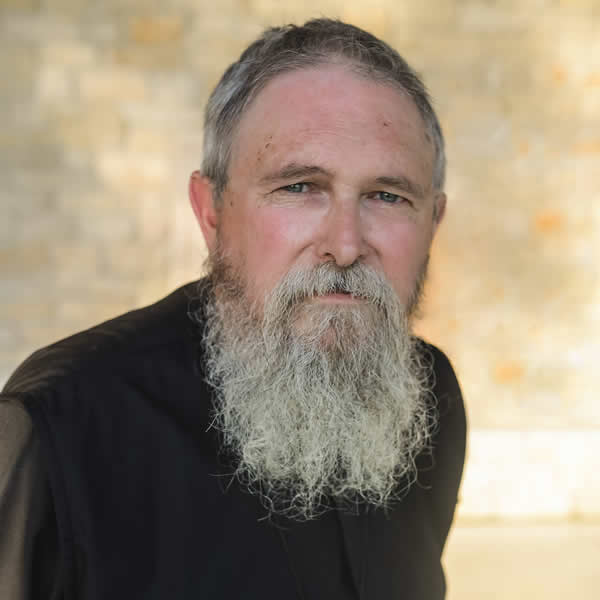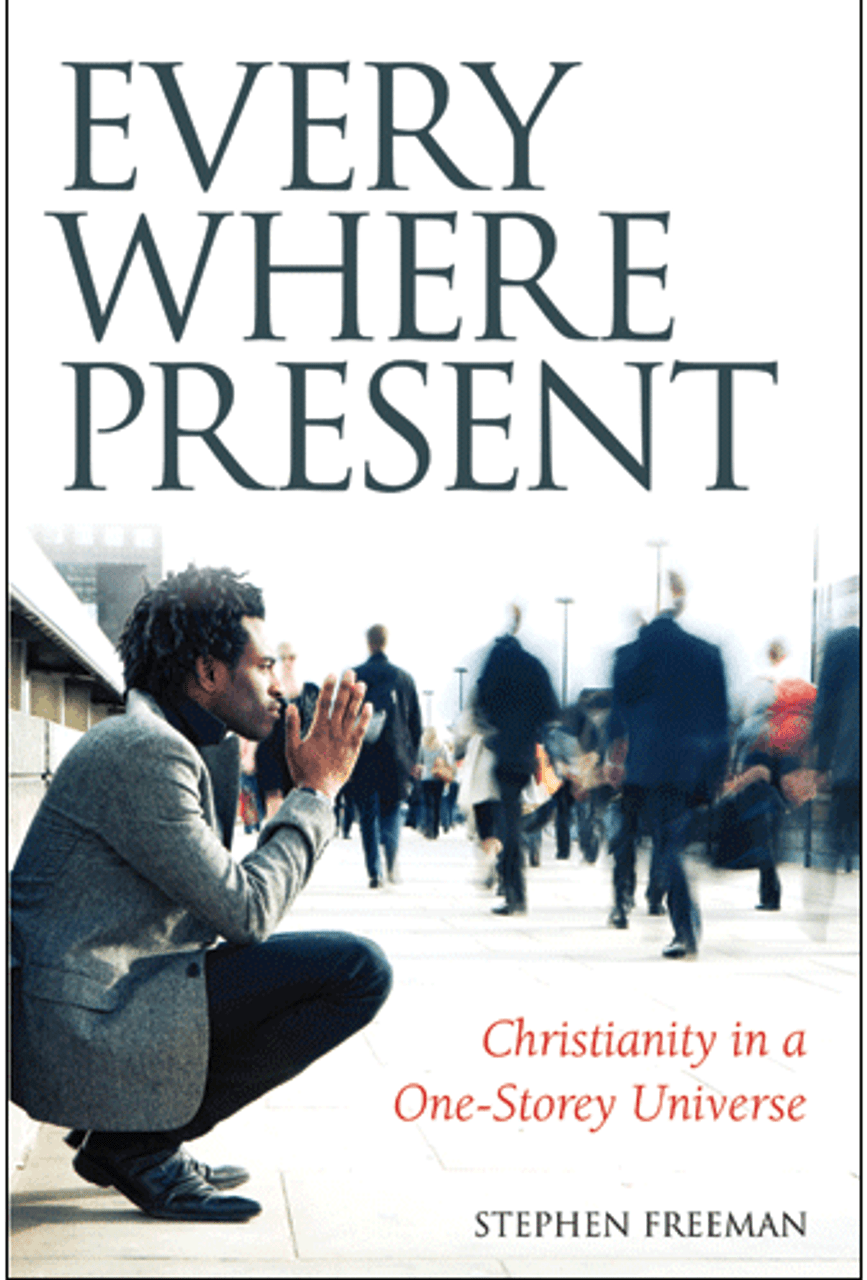During the 1970’s through the 1990’s many of America’s mainline denominations experienced a frightening loss of membership. Every preacher worth his salt blamed the loss of members on whatever his favorite hobbyhorse was. It was the lack of this, or the presence of that. In Orthodoxy, particularly in parts of the Northeast and in some other parts, a similar decline occurred. The Eli Lily Foundation actually did some studies on this phenomenon back in the 1990’s and reached solid conclusions that the losses in memberships were primarily losses in young people. Various Churches lost their youth for a variety of reasons – but it is not a mistake to say that this loss was widespread in America and cut across a wide swathe of ideological persuasions. Liberals lost – conservatives lost. But the constant is that all groups produced people more than willing to interpret the loss as proof of the need of their own agenda.
Liberal Churches thus found liberal agendas being fostered in the name of regaining the lost members, etc. If we were more sensitive to women, if we changed the liturgy, etc., all would be well. And of course that wasn’t right.
Some Churches in the Evangelical Spectrum saw their own radical changes in “liturgy” as an answer, and though it produced “mega churches” it did not likely solve the problem.
Now, of course, I’m a priest and I have my own favorite conclusions to draw on the problem, but that’s why I have a blog. I can write these things, and you can judge them.
There are many demographic and sociological forces at work in the statistics the Churches have experienced. The Baby Boom and their offspring have been a large part of the phenomenon. For heaven’s sake, my generation actually created a market for coonskin hats in the 1950’s.
But one of the great forces at work in our culture has been the simple failures in many areas to evangelize our children. You can discuss many ways to evangelize them – Sunday School, Camps, Retreats, etc., but still the law holds true, “God has no grandchildren.” This is certainly the case in our modern, quickly changing world.
I look at my own children, who have done fairly well in the Christianity department. Two daughters in their twenties are married to priests. Both of my teenage children continue active in Church. I pray for more and better in their lives. But I know that it is not inevitable that children grow up and fall away. It does not have to happen.
I also know that most of the agendas floated on the back of the fear engendered by the losses experienced over the past 30 years are false. They weren’t lost by the Church being too traditional or not modern enough (neither non-traditionalism nor modernity save – nor do traditionalism nor anti-modernity). Christ alone saves. The great issue is to successfully present Christ from one generation to the next.
This requires that the first generation actually know Christ. And it requires that this same generation cares enough about their children to tell them about Christ. There are many ways to do this, but it is no harder than that.
I am in my fifth decade of life. I still have children to teach, possibly grandchildren if God blesses. I have continuing generations of children in my Church to teach, to evangelize, with the help of their parents. But their is never a guarantee that somebody else will do it or that it happens without us making this the deepest part of our intentions.
I suppose this is part of my reflection from a series of conversations here in Boston. I have not told enough people about Christ, and there are many more to carefully do this with. I have not thought enough about children and their need for the gospel. I have a major agenda on my prayer plate coming home. We have a major agenda on our Christian plate in the generation that comes behind us. God give us grace to give them what they need. May they know Christ as He would have them know Him, and may I not be a stumbling block.






Leave a Reply